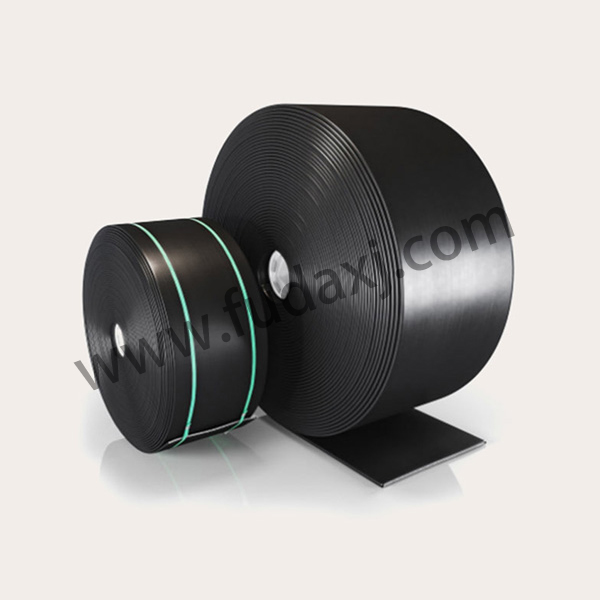
Cement Conveyor Belt Wholesaler Exporter Producer
Cement conveyor belts are pivotal in the efficient handling and transport of bulk materials in the cement industry. These systems are designed to facilitate the smooth movement of cement and related materials from one stage of production to another, ensuring operational efficiency and productivity.
Cement conveyor belts are engineered to handle the demands of transporting abrasive and heavy materials. Their construction involves several critical components:
The belt itself is crafted from materials designed to endure the rigors of cement transport. Commonly used materials include rubber, PVC, and various types of fabric. Rubber belts are favored for their robustness and flexibility, making them suitable for handling heavy and abrasive materials like cement. PVC belts are often used for lighter duties, while fabric belts offer high tensile strength.
To support heavy loads and resist wear, the belt includes reinforcement layers. These layers are typically made from fabrics like polyester nylon, or steel cords, which provide tensile strength and prevent stretching or tearing.
The surface of the belt is covered with additional layers that protect it from abrasion and impact. These cover layers ensure the belt remains in good condition even when handling rough materials.
Pulleys and rollers are integral to the operation of a conveyor belt. Pulleys, located at the ends of the conveyor, drive the belt and help in redirecting its path. Rollers, placed along the conveyor, support the belt and reduce friction, ensuring smooth movement and alignment.
The conveyor belt is mounted on a frame that provides structural support. This frame, typically made from steel, is designed to withstand the stresses of operation. Adjustable supports help maintain proper belt tension and alignment.
The drive system includes a motor, gearboxes, and drive pulleys. The motor powers the conveyor, while the gearboxes adjust the speed and torque. Drive pulleys transfer power from the motor to the belt, enabling its movement.
To maintain efficiency and prevent material build-up, belt cleaners, and scrapers are used. These devices remove residual cement and debris from the belt surface, ensuring consistent performance and reducing the risk of belt slippage.
Cement conveyor belts have a wide range of applications across various sectors:
In cement plants, conveyor belts transport raw materials like limestone, clay, and gypsum to crushers and mills. They also move finished cement to storage silos or packaging areas, ensuring a smooth production process.
Conveyor belts are used on construction sites to transport cement and other materials to different parts of the site. This facilitates efficient mixing and application of cement in various construction projects, such as concrete foundations and roadworks.
In mining and quarrying operations, conveyor belts transport extracted materials such as ores and aggregates to processing and storage areas. They play a crucial role in managing the flow of mined materials and improving operational efficiency.
Conveyor belts are employed in bulk material handling applications across several industries, including agriculture, chemicals, and recycling. They provide a reliable means of moving large quantities of materials, enhancing productivity and efficiency.
In packaging and distribution centers, conveyor belts move cement and other products through packaging lines. They help in streamlining the packaging process and preparing products for shipment.
Conveyor belts are also used in waste management facilities to transport and sort waste materials. They aid in the efficient processing of recyclable and non-recyclable materials, contributing to effective waste management.
 English
English 简体中文
简体中文 Español
Español عرب
عرب
 English
English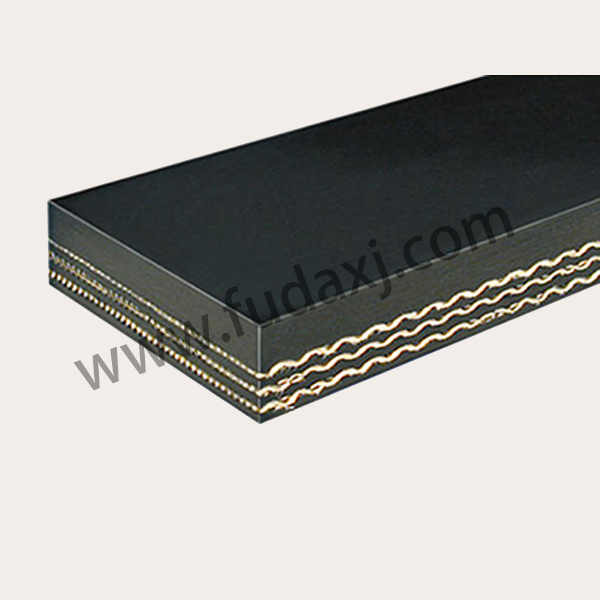
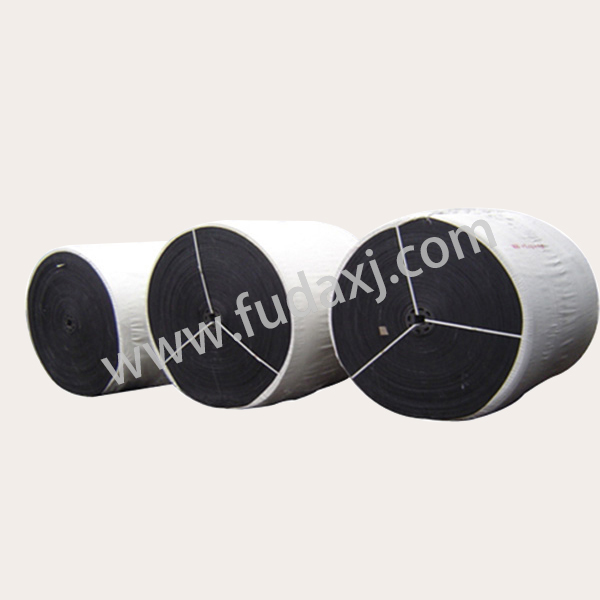


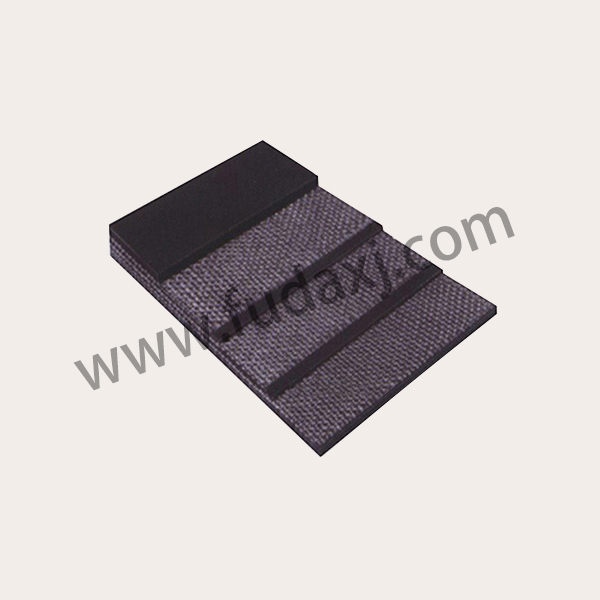
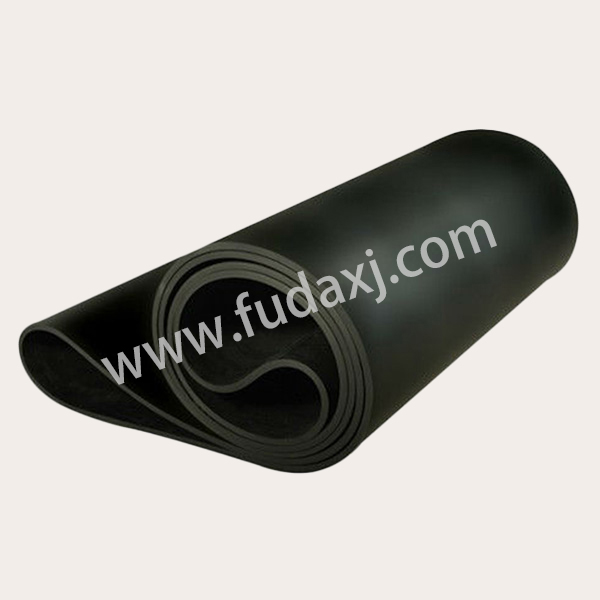
 Fax: 0086-576-83019528
Fax: 0086-576-83019528